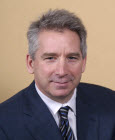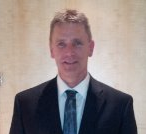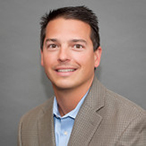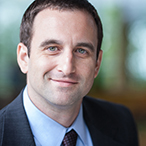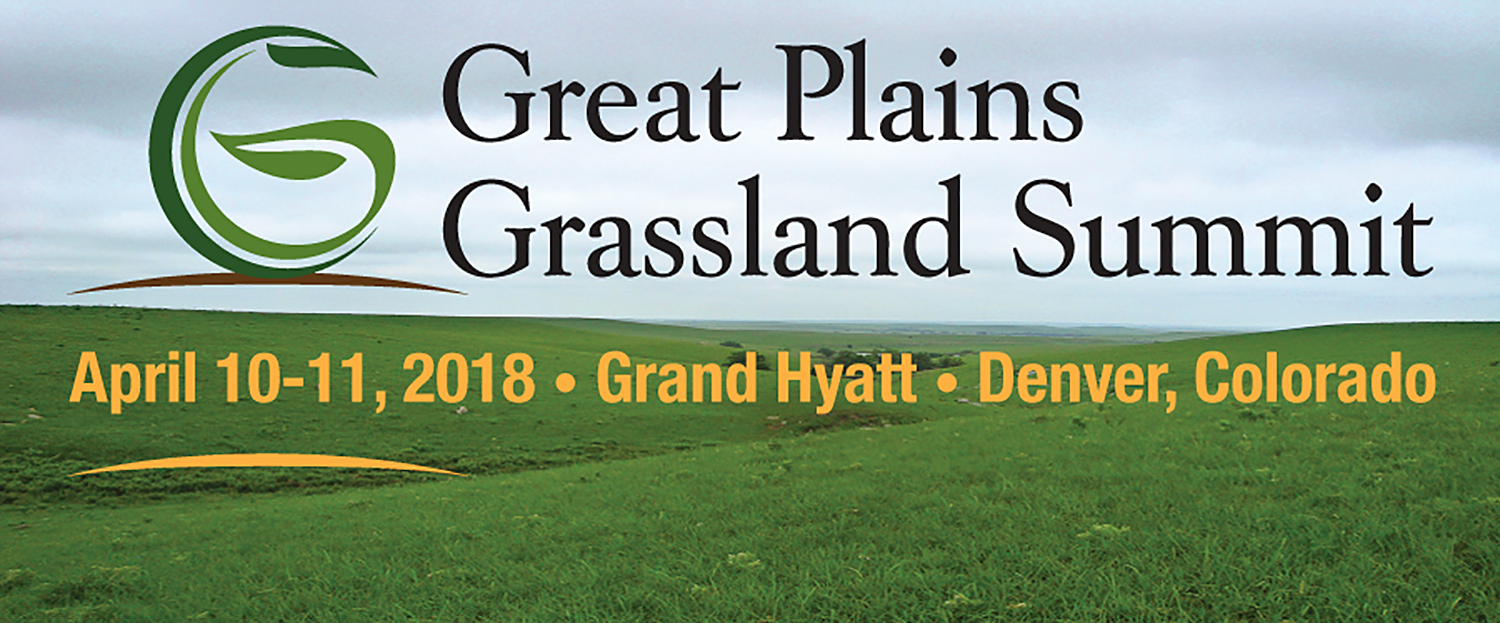
The Field Technology Conference is at the center of technologies that are developing and converging at a rapid pace. Satellite imagery is enjoying its most exciting time in the last 40 years. GPS, already a staple in our everyday lives, is poised to make a huge advancement in accuracy and availability. Mobile devices (PDAs, handhelds and mobile phones) are, arguably, advancing at a pace as fast as any technology has in history. Terrestrial LiDAR (3D scanning) is becoming more affordable now and allows users to collect a massive amount of data in a matter of a minutes.
Location
The conference will be held at the Holiday Inn Portland Airport Hotel. The Holiday Inn is located at 8439 NE Columbia Blvd., 2 miles from the Portland International Airport and 10 miles east of downtown Portland.
Agenda
Conference Agenda
Conference Materials for Attendees (password protected)
Registration
The registration fee is $225 if received by October 30, 2017 or $295 if received after October 30. The registration fees include 2 lunches and refreshments. Checks should be made payable to Western Forestry and Conservation Association. Purchase orders, VISA/MasterCard, and American Express are accepted. Tax id # 930-331-712. No refunds for cancellations after October 30, but substitutions are always welcome.
Registration Questions?
Western Forestry and Conservation Association
4033 SW Canyon Rd., Portland, OR 97221
503-226-4562 ● westernforestry.org
SAF CFE credits
Attendees will be eligible for CFE credits through the Society of American Foresters.
Exhibitor and Sponsor Opportunities
A variety of sponsorship and exhibitor opportunities are available at this event. This technology-focused conference brings the forestry and aquatic monitoring communities together to share best practices, learn about the newest in field technologies, and share field-tested expertise in collecting and using data in the field. By combining these communities, we expect an audience of 150+ at the Holiday Inn Portland Airport in Portland, Oregon on November 7 – 8, 2017. Historically, this conference has attracted forestry and fisheries field managers from the public and private sectors, tribes, non-profits and municipalities.

